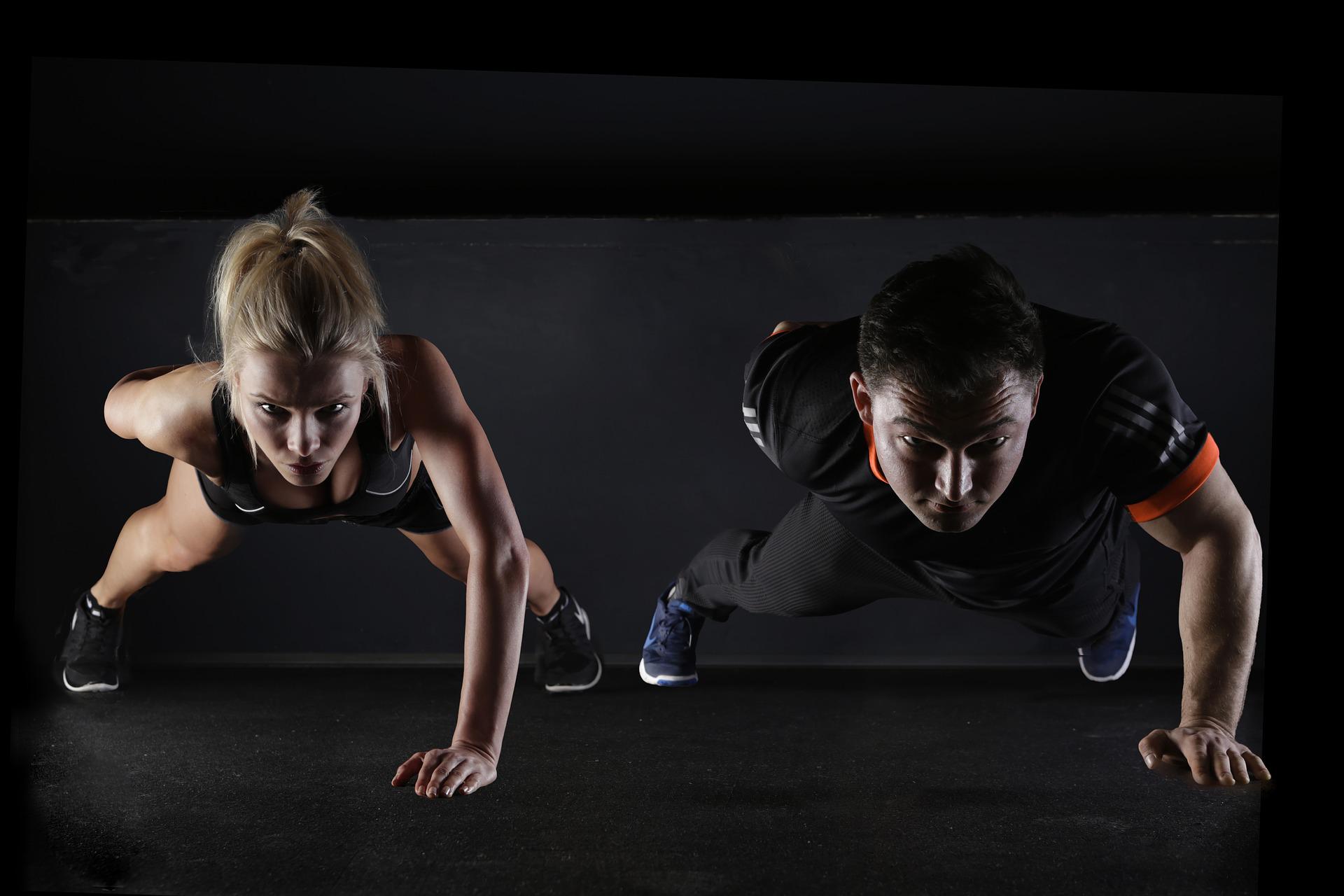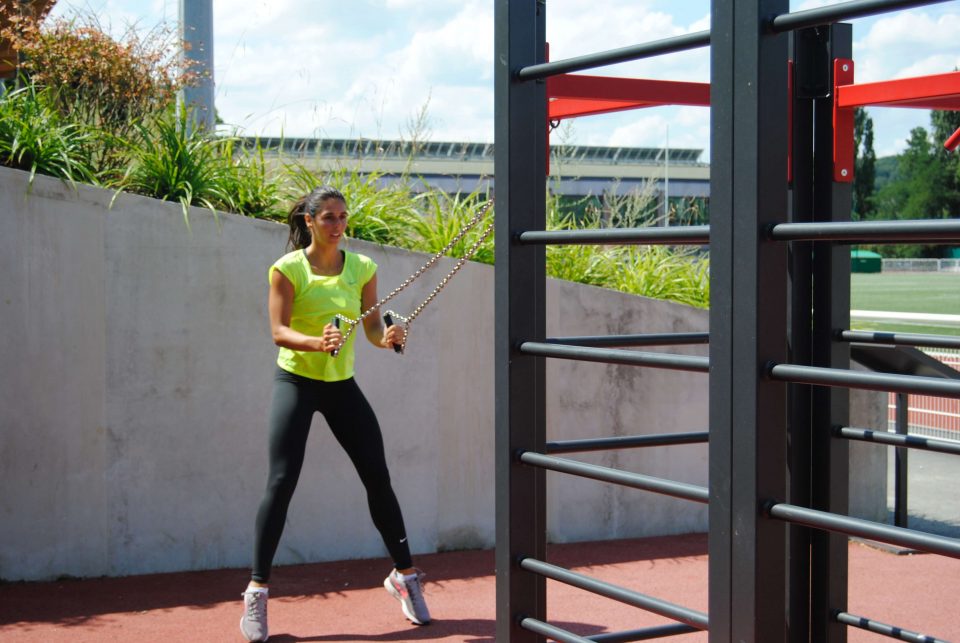Up to 30 percent of the global adult population fails to adhere to the minimum daily physical activity requirement by the World Health Organization (WHO). This inclination to inactivity typically begins long before adult life, with as much as 80% of the population doing less than the 60 minutes of recommended minimum daily exertion. While inactivity might help avoid stress and strain, the returns are pathologies, such as cardiovascular issues and cardio-metabolic disorders.

Presently, physical inactivity is one of the leading causes of mortality globally. The downsides of avoiding an active lifestyle are well documented. However, it’s a surprise many don’t take it seriously at all.
The Relationship Between Sport and an Active Lifestyle
Sports is one of the all-encompassing factors in life. We may not all like the same sports, but about everyone likes at least one type of sport. And it doesn’t end there. Sports also encourage fans to be physically active. Take football, for instance, one of the most beloved sports globally, with fans playing among themselves in both fantasy and local leagues. And if the number of users that play on sports betting on Unibet Sportsbook is anything to go by, a huge chunk of the population loves football and engages with the sport regularly. That means the football faithful are less likely to turn down an opportunity to play. The same goes for other sports typically featured on online casinos with sports betting features, like basketball, where we have seen spectators given a shot at the basket during halftime.
That said, the effects of sport on health are a two-way street. One of the more positive effects is that it encourages an active lifestyle. No sport promotes being sedentary, so sports and active lifestyles go hand in hand. It also means that the secondary benefits of sport promise loads of health benefits, including personal development, psychosocial development, and better eating habits.
Finally, people who play sports and lead active lifestyles tend to continue with physical activities even as they age. And sport doesn’t just end with entertainment value. It also teaches people about developing their health and eating healthy.
The downside of sports is that it makes people more susceptible to injuries, burnout, gastrointestinal discomfort from exercising, and eating disorders. These negative effects are often more common in top-tier sports, with participants in planned training environments less inclined to stay physically active afterward. The reason behind this behavior could be due to the body and mind being conditioned away from spontaneous physical activity.
However, with more people encouraged to lead active lifestyles, the role of sports in society and health has ballooned over time.
Key Takeaway
More people are taking up sports training to improve their fitness game; whether it’s tennis, running, swimming, or dance-based routines, fitness enthusiasts aren’t running out of ideas anytime soon. This is possible due to the new wave of awareness about sports and an active lifestyle.
Besides being necessary for physical fitness, sports are one of the best ways to work out. It improves muscle coordination and memory, builds teamwork and discipline, and encourages positive energy.
